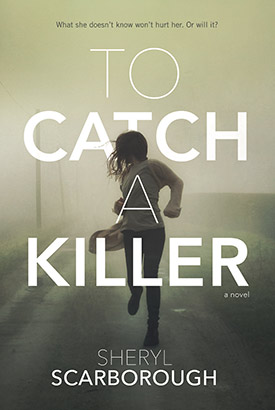
An apt description of forensic evidence:
“…This is evidence that does not forget. It is not confused by the excitement of the moment. It is not absent because human witnesses are. It is factual evidence. Physical evidence cannot be wrong, it cannot perjure itself, it cannot be wholly absent. Only human failure to find it, study it, and understand it, can diminish its value.” Kirk, P.L. (1953) Crime Investigation (retrieved from http://www.forensicmag.com/article/2011/12/digital-forensics-cyber-exchange-principle)
You might look at the date of this quote and think: 1953 sounds about right because most of us don’t remember a time when forensic evidence wasn’t part of some big, splashy trial. But in reality, this was a wish list of what the crime investigation community hoped forensic science could achieve.
The first state appellate court decision to uphold the admission of DNA evidence was in 1988 (Andrews v. Florida). That was nearly 30 years ago, but the interesting part of the forensics story is that police officers, detectives, and crime scene technicians began collecting, storing, and preserving this type of evidence long before 1988. They did this before they had the tests, databases, and data to make that evidence useful.
I call this the very definition of faith. And this is why I love forensic science.
Forensics was literally a thing even before it became a thing. Forensics tackles traditional courtroom chaos like a boss. It is so definitive and ubiquitous that real-life DAs claim they are reluctant to attempt to try an otherwise strong case without a good deal of it. Juries expect forensic evidence, and they are suspicious when it’s not there.
I was seated as juror #5 on a murder trial and was the first juror summarily dismissed during voir dire when I stated that I believed eyewitness testimony to be historically inaccurate. Books, shows, and movies featuring forensic investigations abound. As a society we are obsessed with the idea of proof. Forensic science is even taught in high school because it perfectly mirrors the STEM criteria for 10th grade biology. And here is where my book begins—with a main character who has three questions that can only be answered by DNA.

You’ve already featured the opening chapter of To Catch A Killer on your blog, so readers have an idea of where my story begins. And, while my beloved characters are the lifeblood of this book, it’s the science that really tingles my writerly nerve endings. I especially love the way they continue to refine and improve techniques for getting to the truth.
Read an excerpt from To Catch a Killer!
Example: the cold case murder of Karen Klaas—a 32-year-old mother of two and ex-wife of the Righteous Brothers' Bill Medley—was just recently solved via familial DNA. Klaas was murdered in 1976, twelve years before the first trial where DNA evidence was instrumental in a conviction. It turns out the killer, Kenneth Troyer, was killed in a shoot-out with police in 1982 … still six years before his DNA might have tied him to Ms. Klaas’s murder. But this case is now closed because the DNA of a family member of Troyer’s wound up in the system and came up in the database as a close match. Investigators followed that match and examined the family tree, so to speak, and came up with Troyer. Case solved!
I call it a good day when criminals who think they are home free for their crimes have something new from forensic science to worry about.
See also: Review: Forensics: What Bugs, Burns, Prints, DNA, and More Tell Us About Crime by Val McDermid
Sheryl Scarborough is an award-winning writer for children’s television, having written for shows such as Kim Possible, Doug, Tiny Toon Adventures and Punky Brewster, among many other credits. She holds an MFA in Writing for Children and Young Adults from Vermont College of Fine Arts, lives in Washington state, and has always had an obsession with forensics. When she was twelve, her home was the target of a Peeping Tom. Sheryl diligently photographed his footprints and collected the candy wrappers he left behind. Unfortunately, he was never caught. But the desire to use evidence to solve a great mystery was sparked inside Scarborough all the same. To Catch a Killer is her debut.
Twitter: @Scarbo_author, Tumblr: Scarbo-author, Instagram: scarbo_author, www.facebook.com/scarboauthor, www.sherylscarborough.com
